Organic and chemical methods to sanitize your planting soil.
Soil borne diseases are many and varied and they develop under different environmental conditions and attack different plants.
Different types of organisms such as fungal, bacteria, virus and nematodes (microscopic worms) are causing diseases.
Common soil borne diseases include damping-off, root rot and vascular wilt.
Every soil has a wide variety of disease agents (pathogens).
Pathogens are usually in balance with other organisms in the soil.
Diseases that inhabit soil are particularly difficult to control.
They survive in the soil for a long time and many of them have a wide range of hosts.
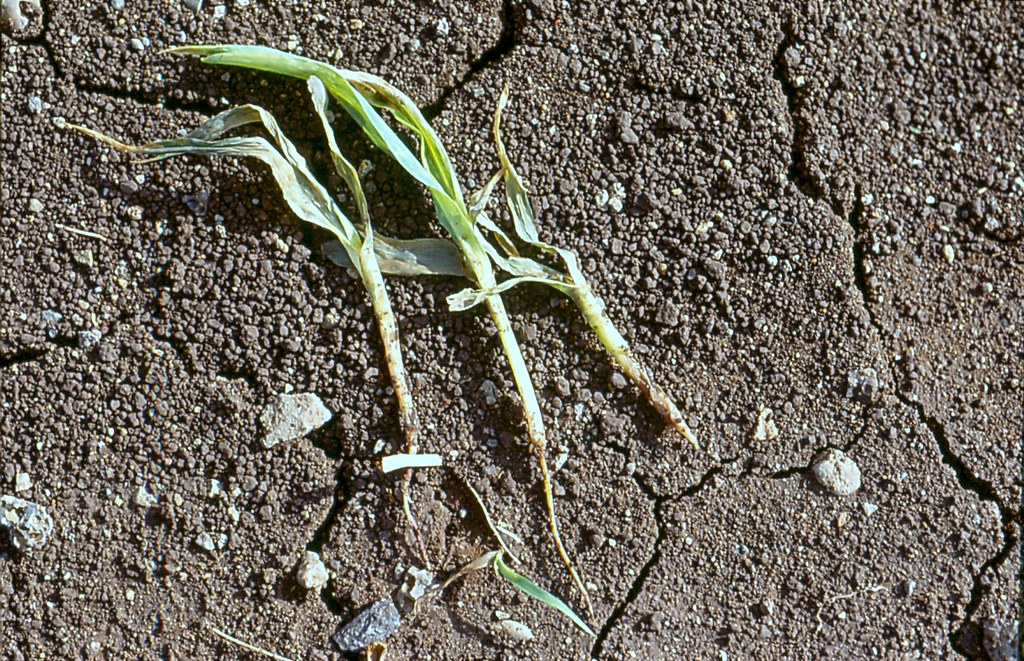
Sodium hypochlorite disinfection
This kind of disinfection is good mainly for raised Bads and pots, growing outside and indoors.
It is good for the disinfection of soil, and excellent for perlite, vermiculite, tuff, Coconut Coir, rockwool, and peat moss.
The method is simple: applying a solution of sodium hypochlorite diluted in water and washing the growing media with it.
Sodium hypochlorite is actually nothing more than household bleach.
The main ingredient is chlorine which eliminates mold, fungus, bacteria and viruses.
Chlorine needs to be in contact with its target in order to get efficient disinfection, so you need to wash the media until it is soaked and then leave it for a few hours or a day or even more.
The chlorine eventually will evaporate, or you can wash it out with clean water.
Prior to the disinfection, clean and wash the media with clean water, from dust or debris of organic matter, because the Clorine works better this way.
The growing media which is not soil, is disinfected better, because there is less organic substance in them.

The concentration of the chlorine in the sodium hypochlorite solution should be at least 1% (equivalent to 10000 ppm).
Regular household bleach has a concentration of 5%, so you need to add 1L of bleach with 2L of water and mix.
Bleach tablets for disinfection can be used also.
simply dissolve the tablet in water as instructed (2 tablets in 1 gallon is 1%) and you have the solution ready to use.
If your planting media is too large to wash, like soil, you can wash only the planting pit, each with 150-200ml of the solution.
This way you disinfect only the initial planting media that the seedlings meet, and can avoid diseases that attack young seedlings such as pythium that causes dumping off and viruses.
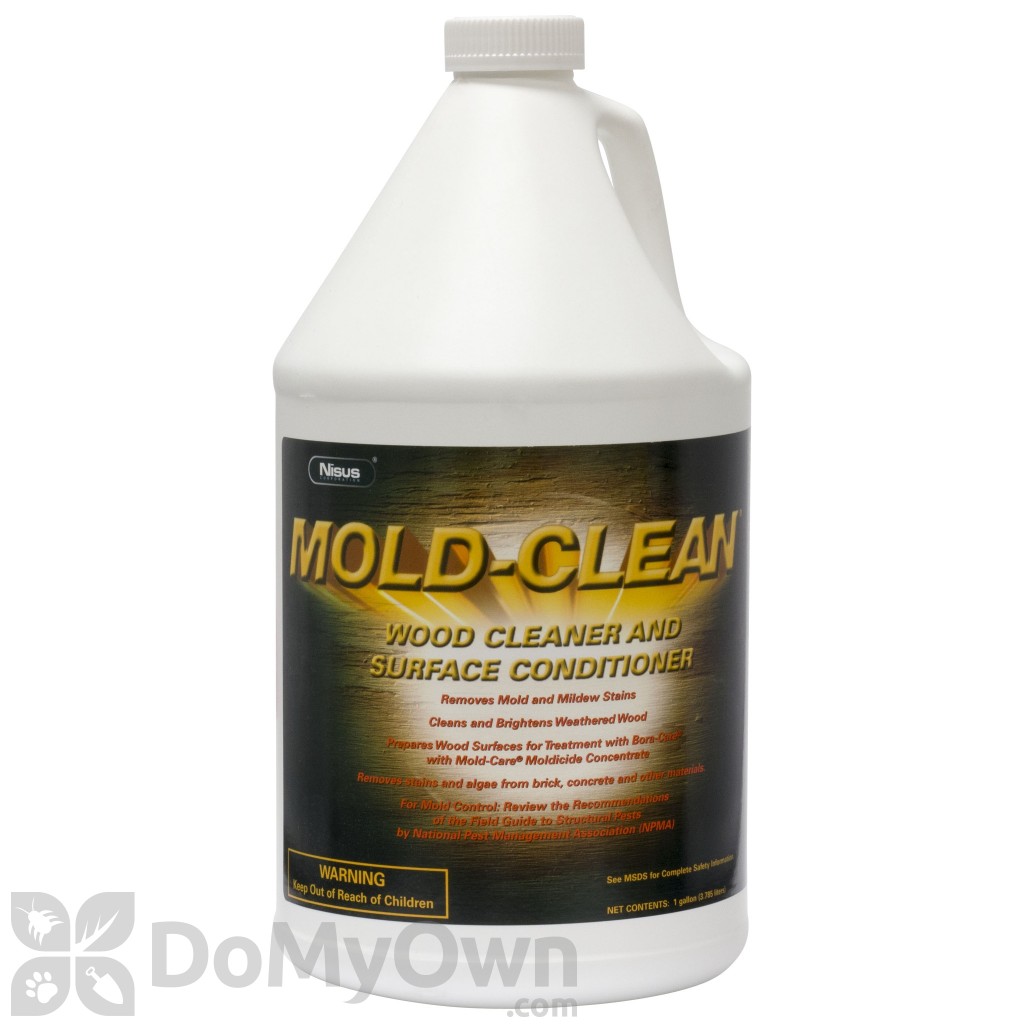
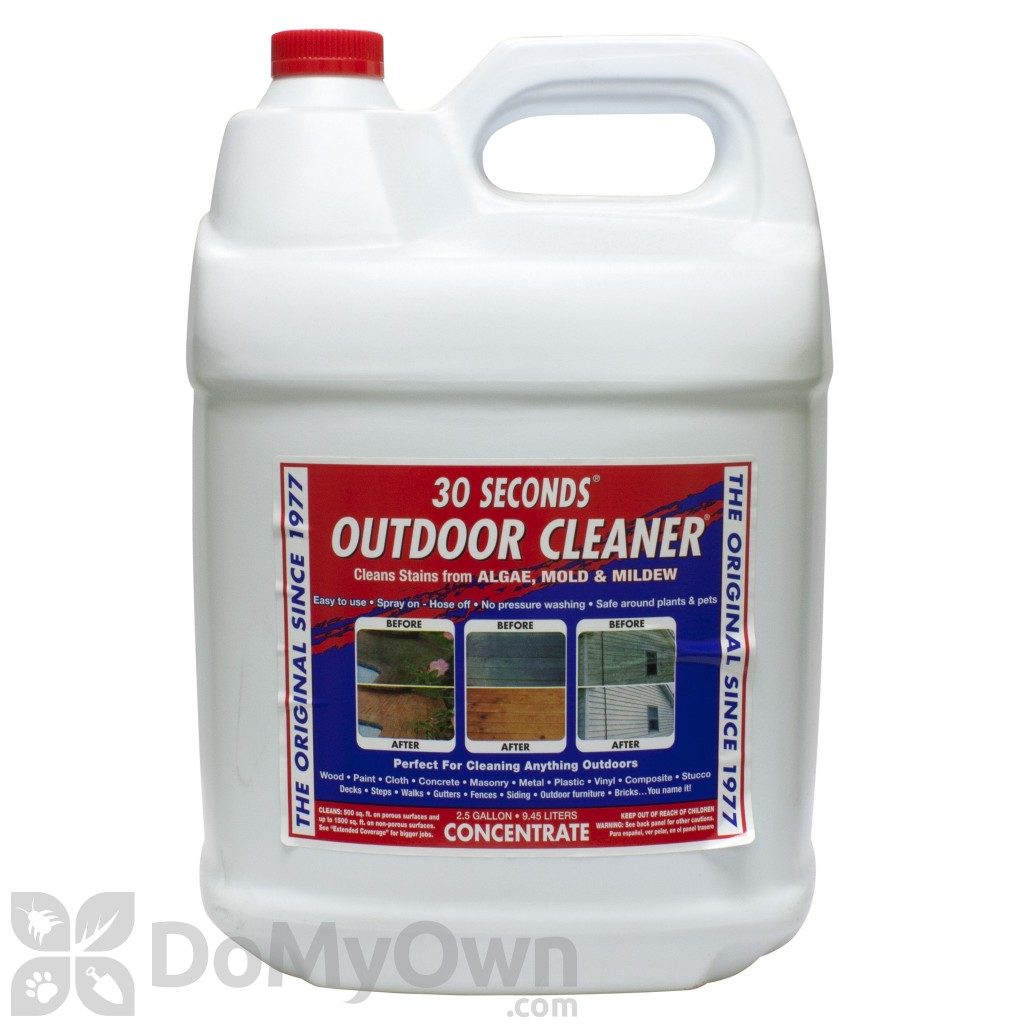
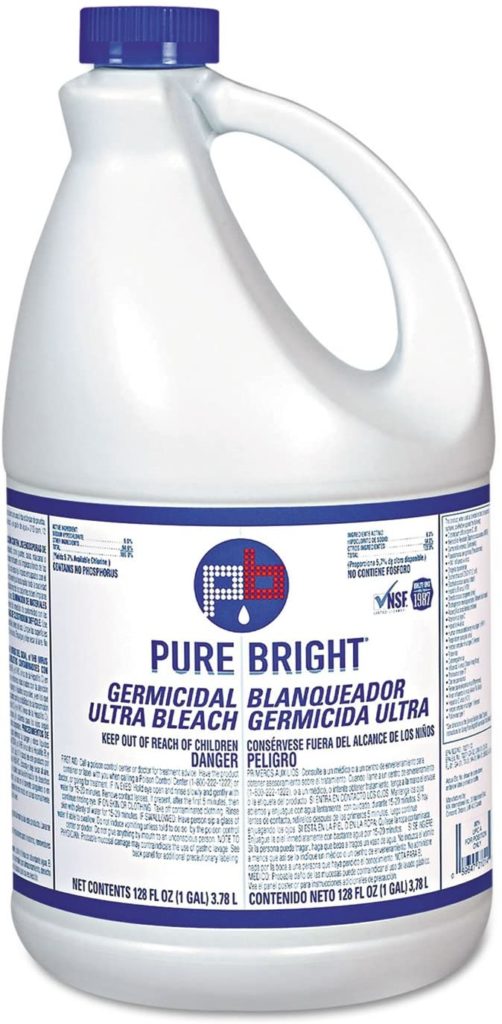

Solar disinfection
Solar disinfectant suitable for vegetables, spices and annual flowers.
By covering the ground with a transparent polyethylene sheet for at least a month.
Must be during the hot months when the radiation is high.
The nylon is spread on the soil after it’s already been cleaned from the previous crop, and completed the cultivation and spreading of the compost for the next crop.
During the disinfection, the nylon must be whole and maintained, as well as soil moisture at the field capacity level through weekly drip irrigations in a quantity of about 1m3 of water per 1000m2 Per day.
Solar disinfectant exterminates sclerotinia, pythium (damping-off), free-ranging nematodes (but not root knot nematodes) and annual weeds.
Metam sodium disinfection
It’s an agricultural general use pesticide used primarily as a broad spectrum preplant soil fumigant to control weeds, weed seeds, fungi, nematodes, and soil insects.
Metam-sodium has been registered since 1954.
The product will be implemented one time, through the drip system under the polyethylene, a simple 40-micron nylon cover, during the summer only when there is no crop in the soil, before the planting or seeding starts.
The products are ineffective at low temperatures in winter and may even damage the crop.
Applying Metam sodium through the drip system to an uncovered soil is not recommended and does not reach the disinfection potential.
Soil disinfectants undergo rapid processes of decomposition in the soil, and some of them even evaporate into the atmosphere.
Before applying the product, you have to water the soil to a depth of around 30 cm, because this chemical is moving with the water and will disinfect only wet soil.
most of the roots of vegetables reach only 30 cm depth.
To achieve an effective disinfection, it is recommended to put at least two drip pipe extensions to each flower bed.
Metam sodium exterminate soil pests such as pythium, sclerotinia, fusarium, fusarium crown-rot, monosporascus, Verticillium Wilt, weeds, free nematodes, but not the root knot nematodes.
The amount of the Metam sodium that needs to be implemented is around 4-6L per 100m2.
The product is applied with water through the drip irrigation system (like fertigation).
After 3 days take the nylon out and irrigate the soil for 5 days, 2m3 water per 1000m2.
It is very important to open all the corks of the drip irrigation pipes and pass water through them in order to get rid of remnants of this toxic product.
Only after 3 weeks, plant and start the new season.
In order to be sure that no toxic remnants are left in the soil, plant some lettuce plants a few days before and see how they grow.
Check their roots and if they are ok and start to grow, so you are good to go, and if not, you need to wait more time and irrigate with more water in order to wash the toxic remnants.
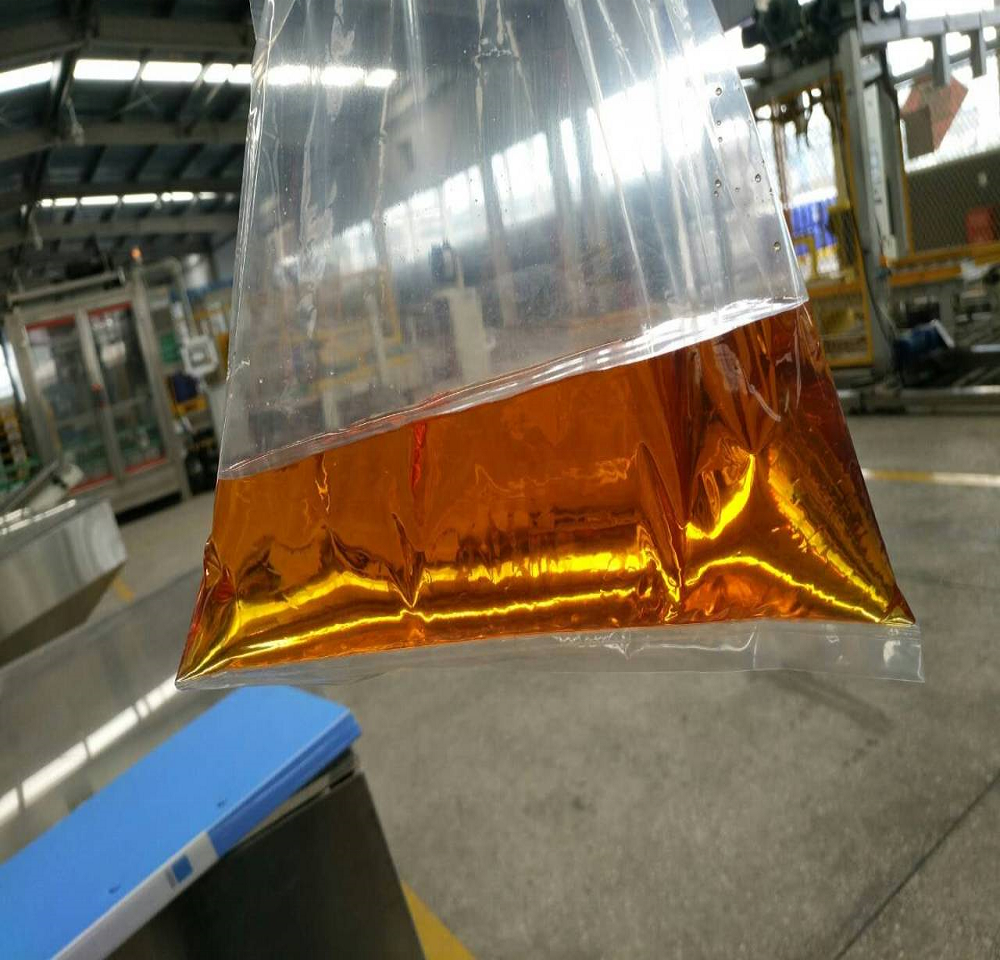
root knot nematodes disinfection
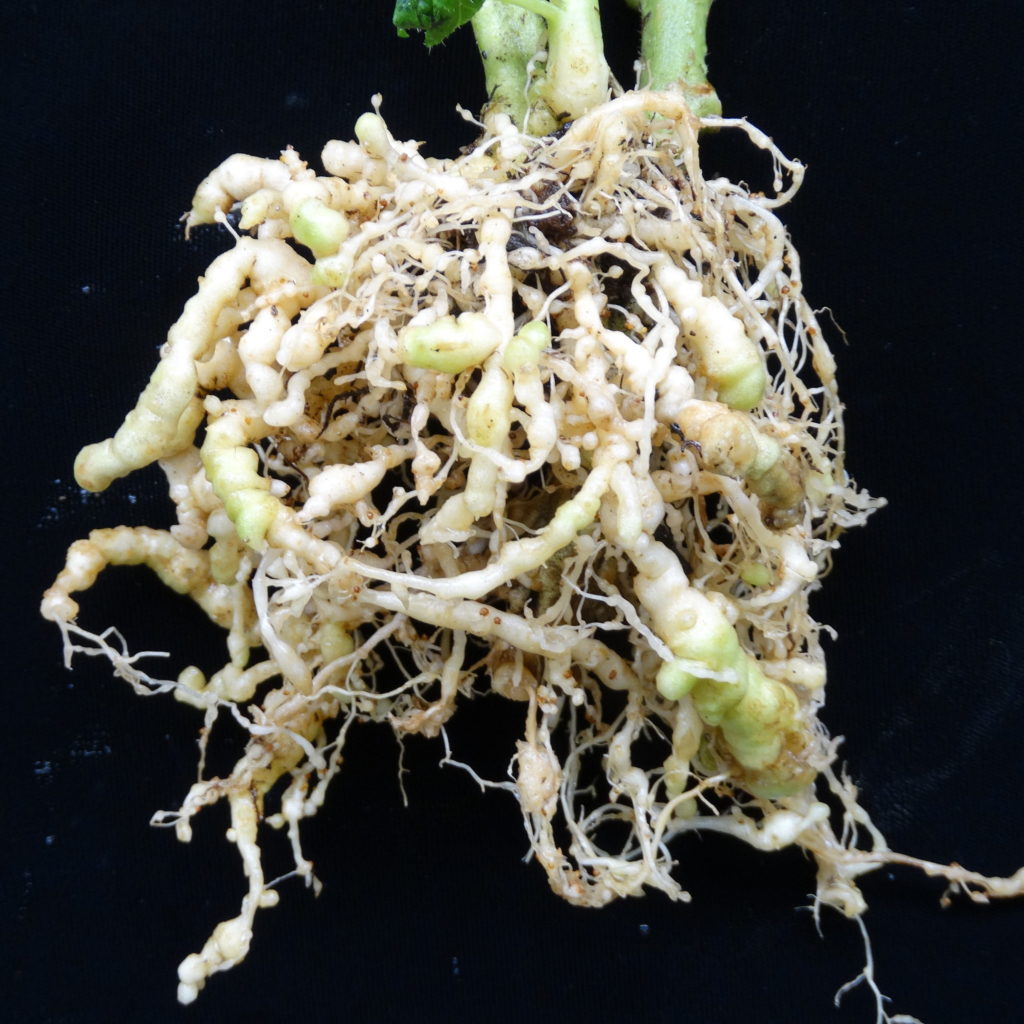
Dichloropropene 1,3
Implementing Dichloropropene 1,3 products through the irrigation system under a simple nylon sheet.
The amount is 2L per 100m3.
To achieve an effective disinfection, put at least two drip pipe extensions on each flower bed.
The product must be applied with a lot of water in order to push the product down to 30 cm depth.
Inside the soil, the liquid becomes a gas, moves between the soil cavities and kills nematodes.
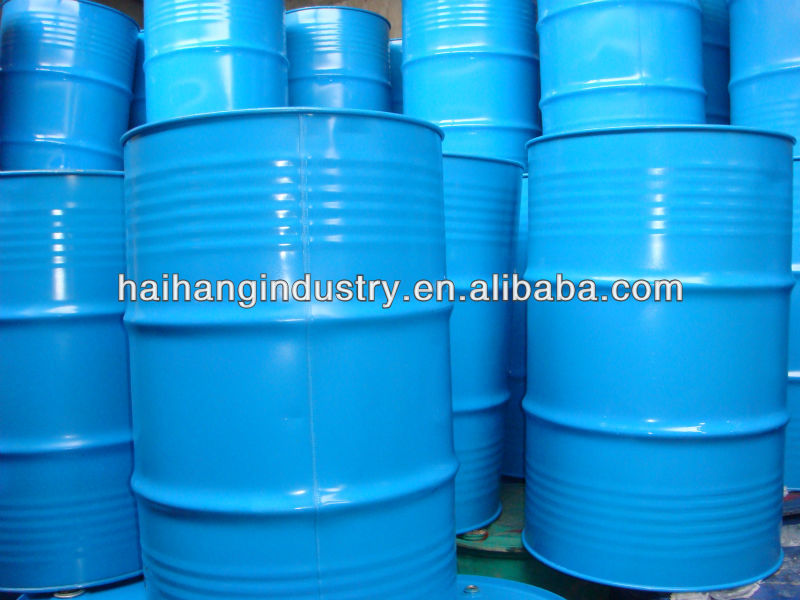
Dimethyl disulphid (DMDS)
Implementing Dimethyl disulphid (DMDS) products at the amount of 4-6L per 100m2 under a sealed nylon sheet.
This product is also effective against weeds and soil fungus. Before applying the product, you have to water the soil to a depth of around 30 cm because this chemical is moving with the water and will disinfect only wet soil.
It is very important to open all the corks of the drip irrigation pipes and pass water through them in order to get rid of remnants of this toxic product.
One week after implementing, the nylon can be taken off and only after another one week more, the planting can start (planting after two weeks from the implementing of the product).
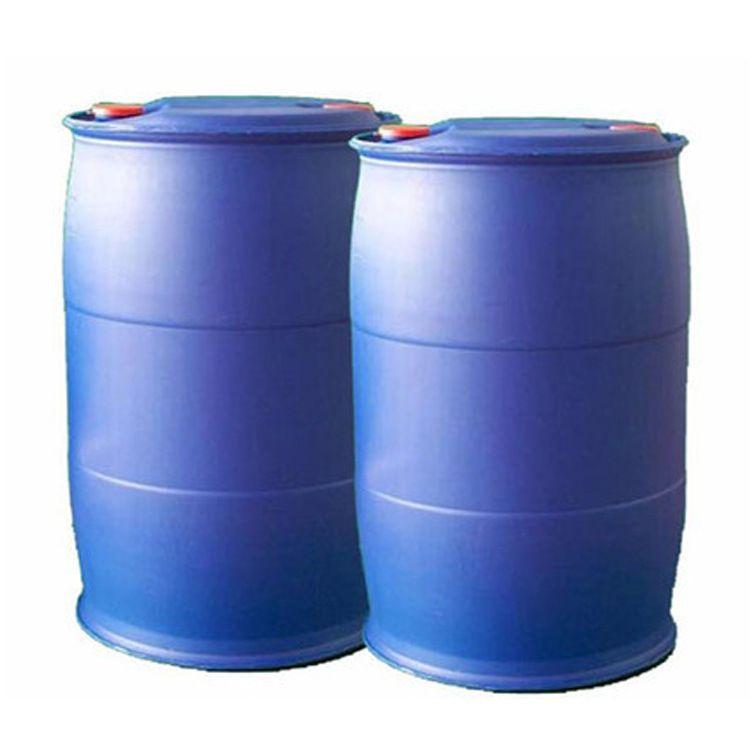
Formaldehyde disinfection
Formaldehyde is used to eliminate viruses and bacteria in the soil.
It is almost the only solution to soils that are contaminated with bacteria such as Clavibacter michiganensis in tomato, Xanthomonas euvesicatoria in pepper and Pseudomonas Corrugata in tomato.
It also can handle viruses such as Tmv in tomato and Cgmmv in cucumber, watermelon and squash.
It kills fungus spores also, but it is very dangerous to work with.
It is also applied in the drip irrigation system under a nylon sheet.
The amount of formaldehyde is 7L per 100m2.
You Might Also Like these articles:
- A Plant’s Nutritional Needs: The Best Fertilizer for Each Stage of Plant Growth
- How to Use Roundup Effectively and Safely
- Weed Control in Your Garden: Choosing and Using Herbicides Safely and Effectively
- Effective Herbicides for Common Weeds in Lawns and Gardens
- Unleash the Magic of Mulch: Transform Your Garden Today!
- Sweet Success: A Guide to Growing Juicy Strawberries in Your Garden
- 5 Popular watering computers review
- Tillers vs Cultivators: How to Choose the Right Garden Tool
- Managing Weed Resistance: Strategies and Examples
- Exploring the Different Types of Herbicides and Their Applications: From Glyphosate to Metolachlor
- Tips for Improving Soil Health in Gardening and Farming
- Sustainable Agriculture: Reducing Waste, Conserving Water, and Promoting Biodiversity in Farming









